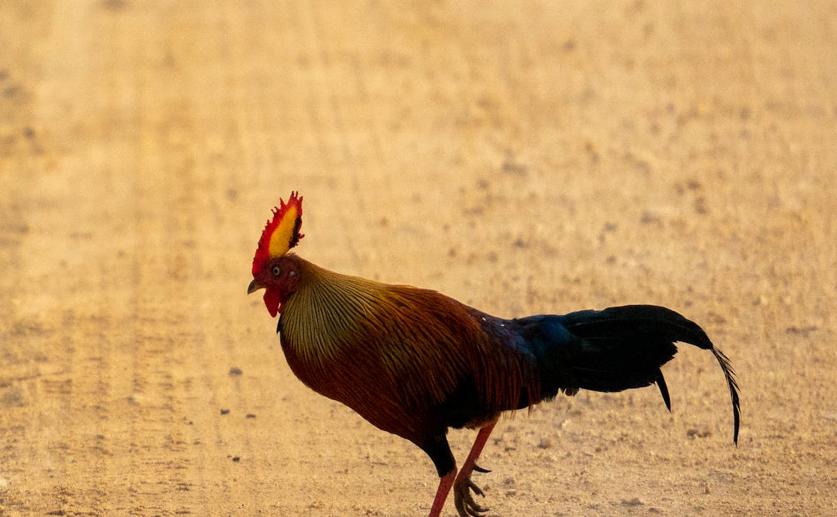
Egg-Laying vs Broody Behaviors: Gene Insights in Chickens
Jim Crocker
11th April, 2024

Image Source: Dinesh Madushanka (photographer)
Key Findings
- Researchers at Zhejiang University studied the genetic basis of broodiness in Taihe Black-Bone Silky Fowls
- They found differences in RNA molecules between broody chickens and high egg-laying chickens
- Identifying specific RNA molecules could lead to new ways to manage broodiness in poultry
References
Main Study
1) Long noncoding RNAs and mRNAs profiling in ovary during laying and broodiness in Taihe Black-Bone Silky Fowls (Gallus gallus Domesticus Brisson)
Published 10th April, 2024
https://doi.org/10.1186/s12864-024-10281-7
Related Studies
2) Transcriptome analysis of follicles reveals the importance of autophagy and hormones in regulating broodiness of Zhedong white goose.
3) Endocrinology of the ovary.
Journal: Human reproduction (Oxford, England), Issue: Vol 9, Issue 5, May 1994
4) LNCcation: lncRNA localization and function.
5) Dynamic transcriptome and chromatin architecture in granulosa cells during chicken folliculogenesis.



 7th April, 2024 | Greg Howard
7th April, 2024 | Greg Howard